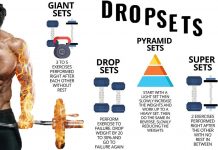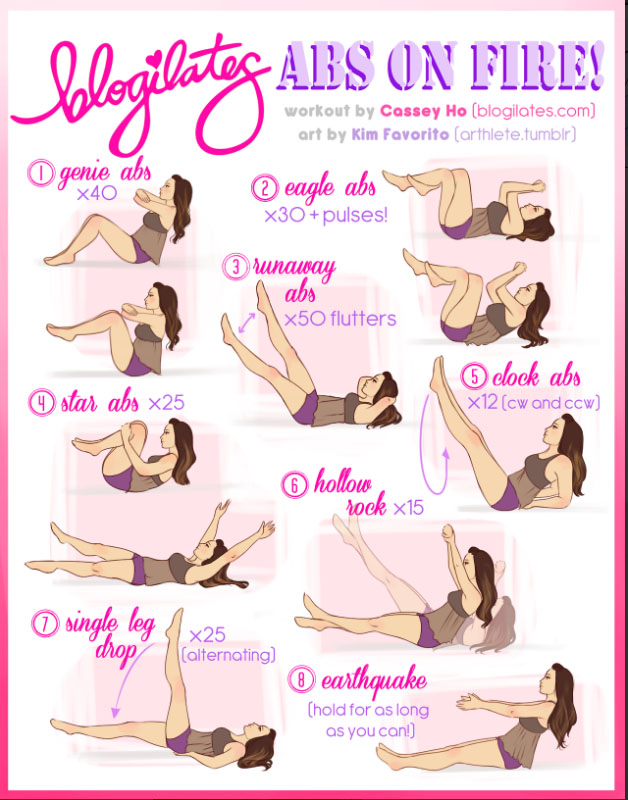- Advertisement -
🔥Variable-Grip Dumbbell Shoulder Press👇
✅ One of the biggest benefits of dumbbells is that they allow a greater or freer range of motion than the barbell counterpart. ✅ Since both hands can move in any direction, you can move your arms out to your sides a bit to better focus on the middle delts, or even bring your arms more to the front (think of the Arnold press) to better recruit the front delts.
[wp_ad_camp_2]
🔥 EXERCISE TECHNIQUE (MOVEMENT): During the press, rotate the dumbbells so your palms face together (neutral grip) at the midpoint, finishing the upward press with your palms facing forward (pronated grip) at lockout.
🚨 Exercise Variations
- Standing variable-grip dumbbell press. Performing the exercise while seated upright is the stricter version than standing and prevents cheating the dumbbells upward using momentum.
[wp_ad_camp_4]

🚨 Muscles Involved in Seated Variable-Grip Dumbbell Shoulder Press
- MAIN MUSCLES: deltoid (front, middle), triceps (except long head), supraspinatus
- SECONDARY MUSCLES: deltoid (rear), pectoralis major (upper), trapezius (upper), biceps (long head), serratus anterior, triceps (long head)
- ANTAGONISTS: latissimus dorsi, biceps, pectoralis major (lower)
🚨 Key Points & Common Mistakes
- Sit erect on a shoulder press bench with your head, upper back, and hips pressed against the pads. If one is not available, you can straddle a flat bench, but be sure to sit in an erect position with your feet flat on the floor.
- The dumbbell handles should be in line with each other and parallel to the floor.
- Keep your wrists straight and directly above your elbows.
- Maintain your erect torso position.
[wp_ad_camp_5]
🚨 Closing Thoughts
Variable-grip dumbbell shoulder press will have slightly different effect on your shoulder and forearm muscles, and the twisting action mimics that od punching in martial arts.
-Advertisement -


















































